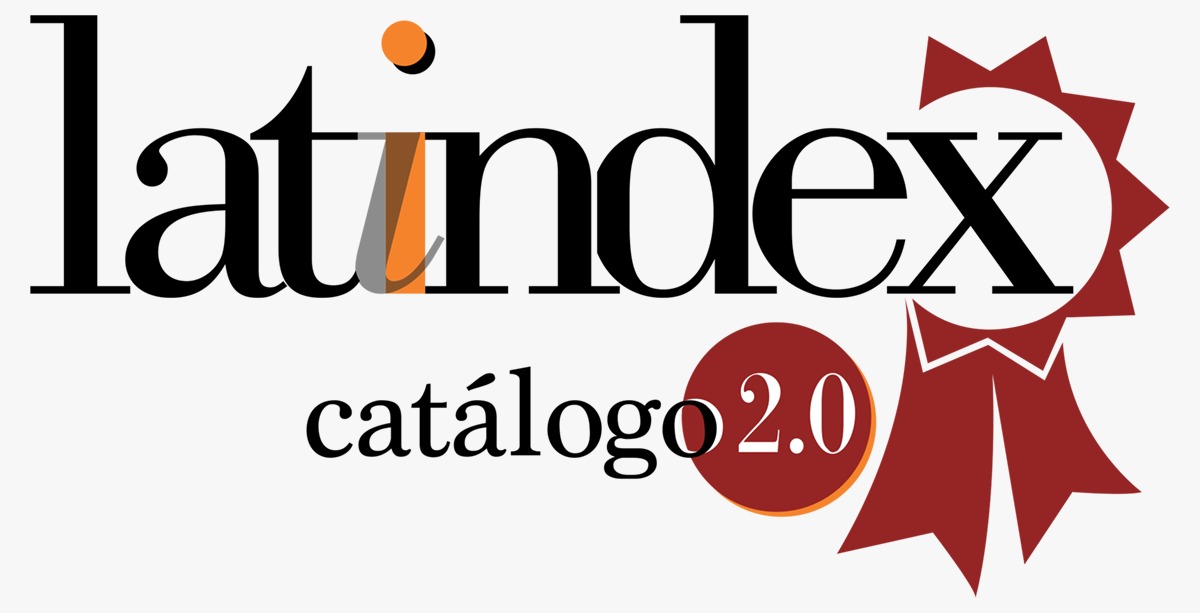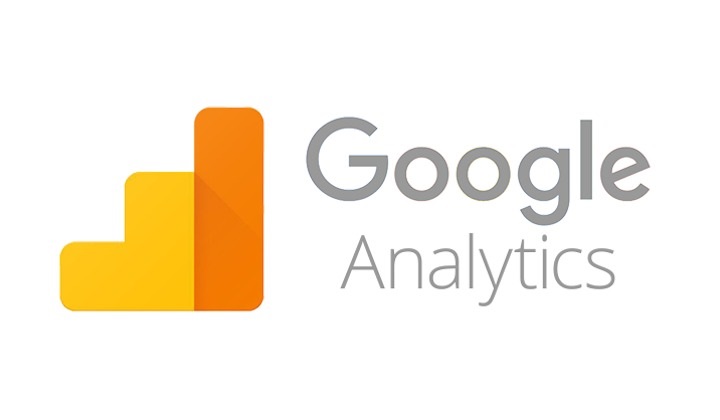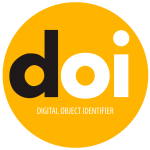Virtual learning environment in pedagogical management in private educational institutions in Huancayo, Peru
DOI:
https://doi.org/10.47865/igob.vol5.n19.2022.207Keywords:
Entorno Virtual, Aprendizaje, Gestión PedagógicaAbstract
Over the years, information and communication technologies have become specialized, to the same extent as virtual training. Thus, "Virtual learning environments have taken a step in pedagogical evolution by improving teaching-learning processes" Silva, J. (2011).
However, we observe that the global crisis in which we are immersed by the Coronavirus (COVID-19) has required immediate changes in teaching practice. Accelerating the entry into virtuality that few teachers knew in the province of Huancayo Yangali, L. (2020). Therefore, this research study was developed to determine the relationship between the virtual learning environment and pedagogical management in private educational institutions in Huancayo, Peru. It responds to the research of quantitative approach, with a descriptive level, of basic type, with transversal non-experimental design correlal. The sample consisted of 108 teachers of both sexes between 20 and 65 years of age from the province of Huancayo. This study was based on intentional non-probability sampling for accessibility. The technique was the survey and two questionnaires were administered: a questionnaire to measure the variable virtual learning environment composed of 36 items and another related to the pedagogical management of 19 items. The validity and reliability of the instruments was obtained through Cronbach's Alpha technique and expert judgment. The results when the Pearson statistical test was applied indicate that there is a high correlation (0.884) between the virtual learning environment and pedagogical management, curriculum planning (0.759), learning units (0.742), learning sessions (0.784) and didactic means and materials (0.825). In conclusion, we affirm that the virtual learning environment is positively related to pedagogical management in private educational institutions in Huancayo, Peru. We conclude this tool that provides synchronous and asynchronous communication in the management of materials, management of all participants and offering from the teaching field, technological support to teachers and students in terms of: teaching-learning process. Bautista, G., Borges, F. & Fores, A. (2006).
Downloads
References
Adell, J., Castellet, J., & Pascual, J. (2004). Selección de un entorno virtual de enseñanza/aprendizaje de código abierto para la Universitat Jaume. California, Estados Unidos. http://cent.uji.es/doc/eveauji_es.pdf
Bautista, G., Borges, F. & Fores, A. (2006). Docencia Universitaria en Entornos Virtuales de Aprendizaje. Madrid, España: Narcea
Beltrán, J. (2014). Factores que impiden el currículo pedagógico de gestión de los jefes de las unidades pedagógicas técnicas. Revista Mexicana de Investigación Educativa. 19 (64): 939 a 961. http://www.scielo.org.mx/scielo.php?script=sci_arttext&pid=S1405-66662014000300014
Cabero, J. (2001). Tecnología educativa. Diseño y uso de medios en la enseñanza. Barcelona, España. Paidós
Doolittle, P., & Campamento, W. (1999). Constructivismo: la perspectiva de la educación vocacional y técnica. Revista de Formación Profesional y Técnica. 1(16), 23-46. https://eric.ed.gov/?id=EJ598590
Duart, J., & Sangrá, A. (2000). Aprendizaje en virtualidad. Barcelona, España: Gedisa
Comisión Económica para América Latina y el . América Latina y el Caribe en respuesta a la pandemia de COVID-19. Informe especial COVID-19, 1 (1): 1-15
Gros, B. (2004). Estudio sobre el uso de foros virtuales para promover actividades colaborativas en la educación superior. Revista de Educación a Distancia, 16 (5): 1-16. https://www.um.es/ead/red/16/gros.pdf
Good Teacher Performance Framework (2012) Contribuciones y comentarios. Documento de trabajo. Lima: MINEDU, 2012. http://www.perueduca.pe/documents/9120444/0/MDBDD
Hernández R., Fernández C., & Baptista, L. (2014). Metodología de la Investigación (6ª. Ed.). México: Mc.Graw Hill.
Mamani, H. (2017). La calidad de la gestión pedagógica y su relación con la práctica docente en el nivel primario de la Institución Educativa N° 70 005 "Corazón de Jesús" Puno – 2017. (Trabajo fin de máster) UniversidadNacional del Altiplano. Perú. http://repositorio.unap.edu.pe/handle/UNAP/11000
Ministerio de Educación. (2020). Aprendo en casa. Junín: UGEL de Concepción. https://www.ugelconcepcion.gob.pe/wp-content/uploads/2020/04/aprendo_casa.pdf
Silva, J. (2011). Diseño y Moderación de Entornos Virtuales de Aprendizaje (EVA). Barcelona, España: Editorial UOC
Suca, R. (2012) "Relación del Marketing Estratégico Relacional Educativo en la Calidad de la Gestión Pedagógica en las Instituciones Educativas de la Red 07 en la Unidad de Gestión Educativa Local 05 en San Juan de Lurigancho - Lima 2009" (Tesis de Maestría ) Universidad Nacional Mayor de San Marcos. Perú. https://hdl.handle.net/20.500.12672/3178
Valderrama, S. (2013) "Pasos para el desarrollo de proyectos de investigación científica" Lima, Perú: Editorial San Marcos E.I.R.L., Editor.
Yangali, L. (2020). Desenfatizar la educación y la investigación: una emergencia en tiempos de pandemia. Horizonte de la ciencia,10(19): 7 https://doi.org/10.26490/uncp.horizonteciencia.2020.19.583
Downloads
Published
How to Cite
Issue
Section
License

This work is licensed under a Creative Commons Attribution-NonCommercial-ShareAlike 4.0 International License.
Esta obra está bajo una licencia internacional Creative Commons Atribución-NoComercial-CompartirIgual 4.0.
















